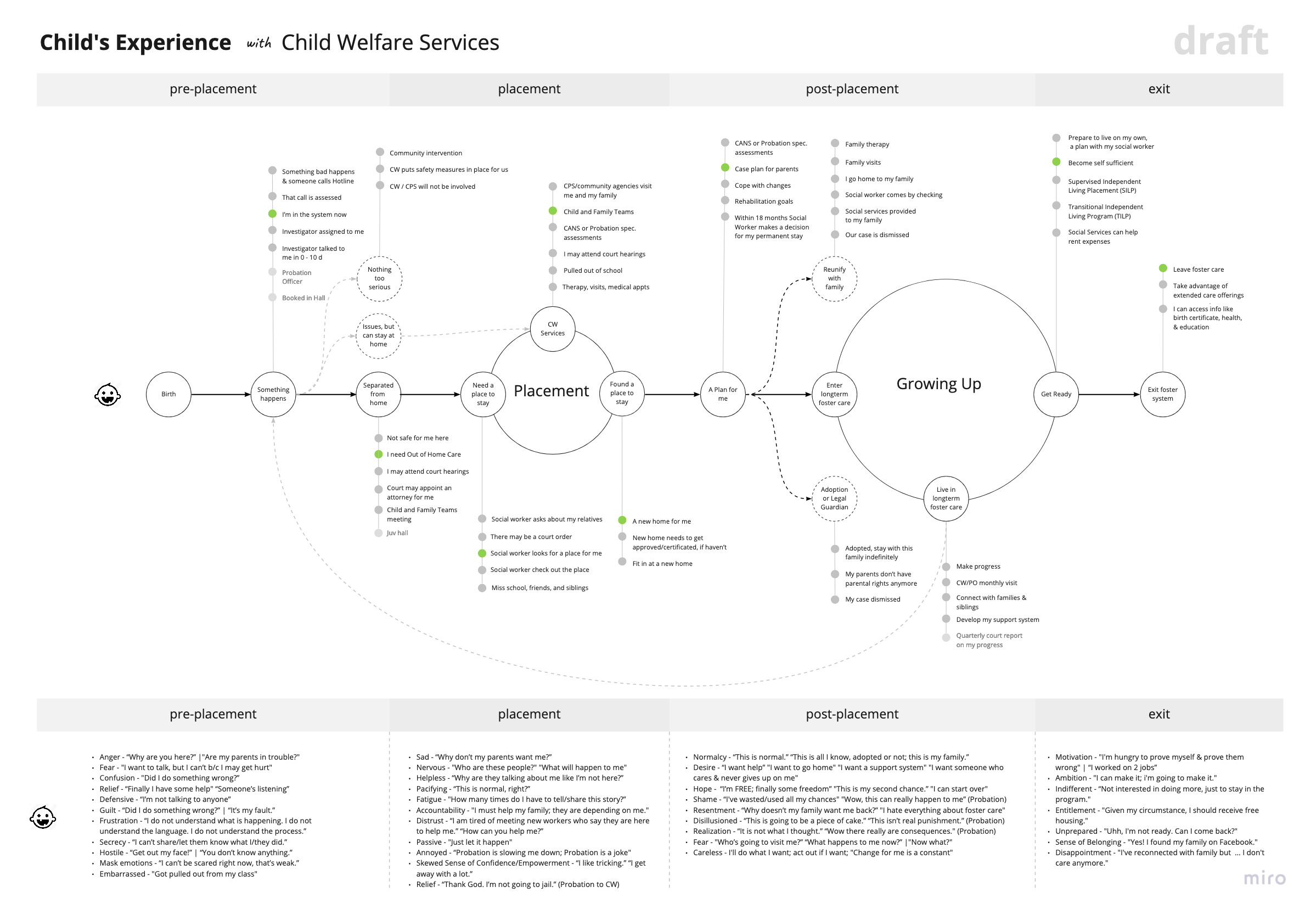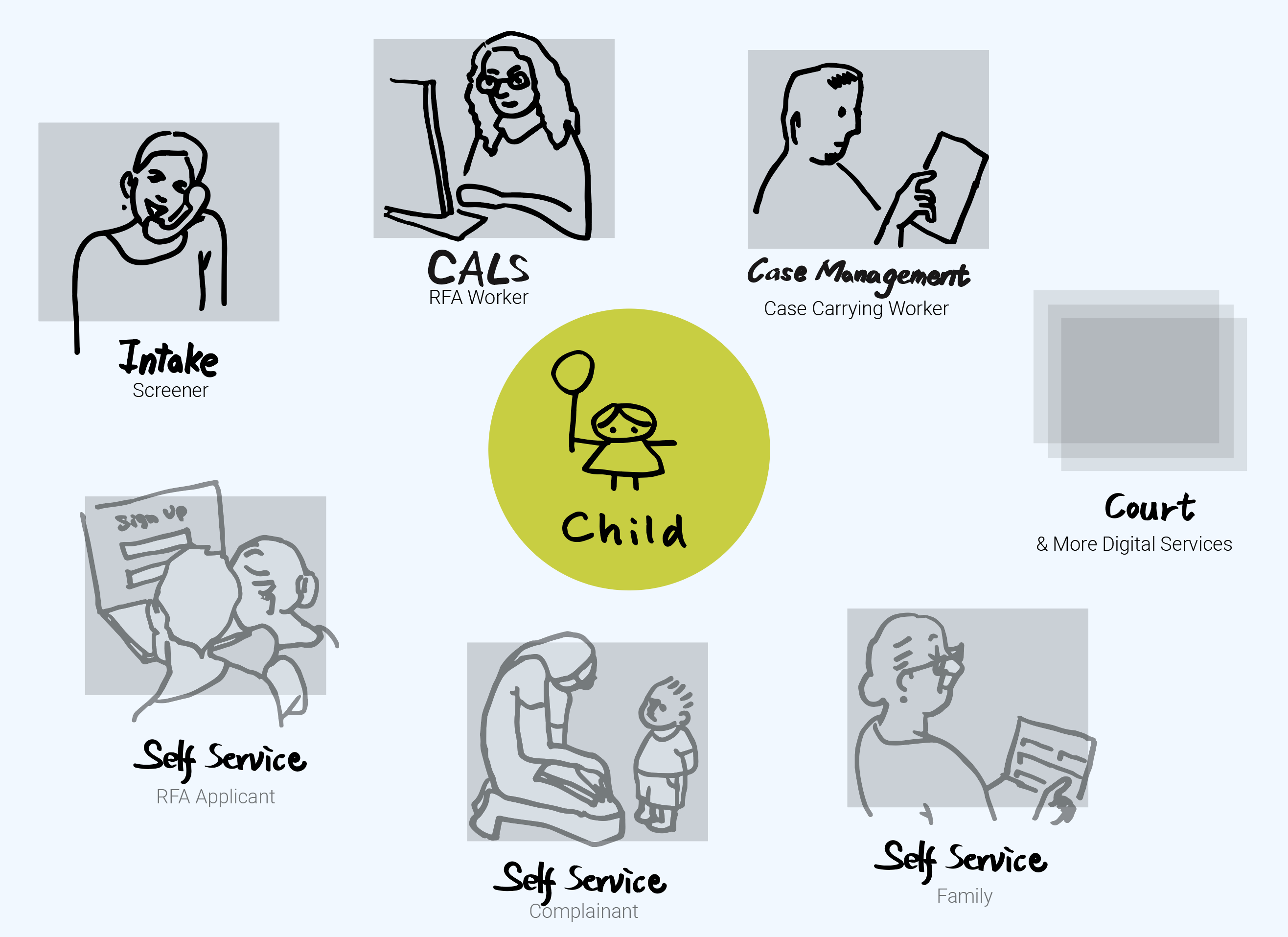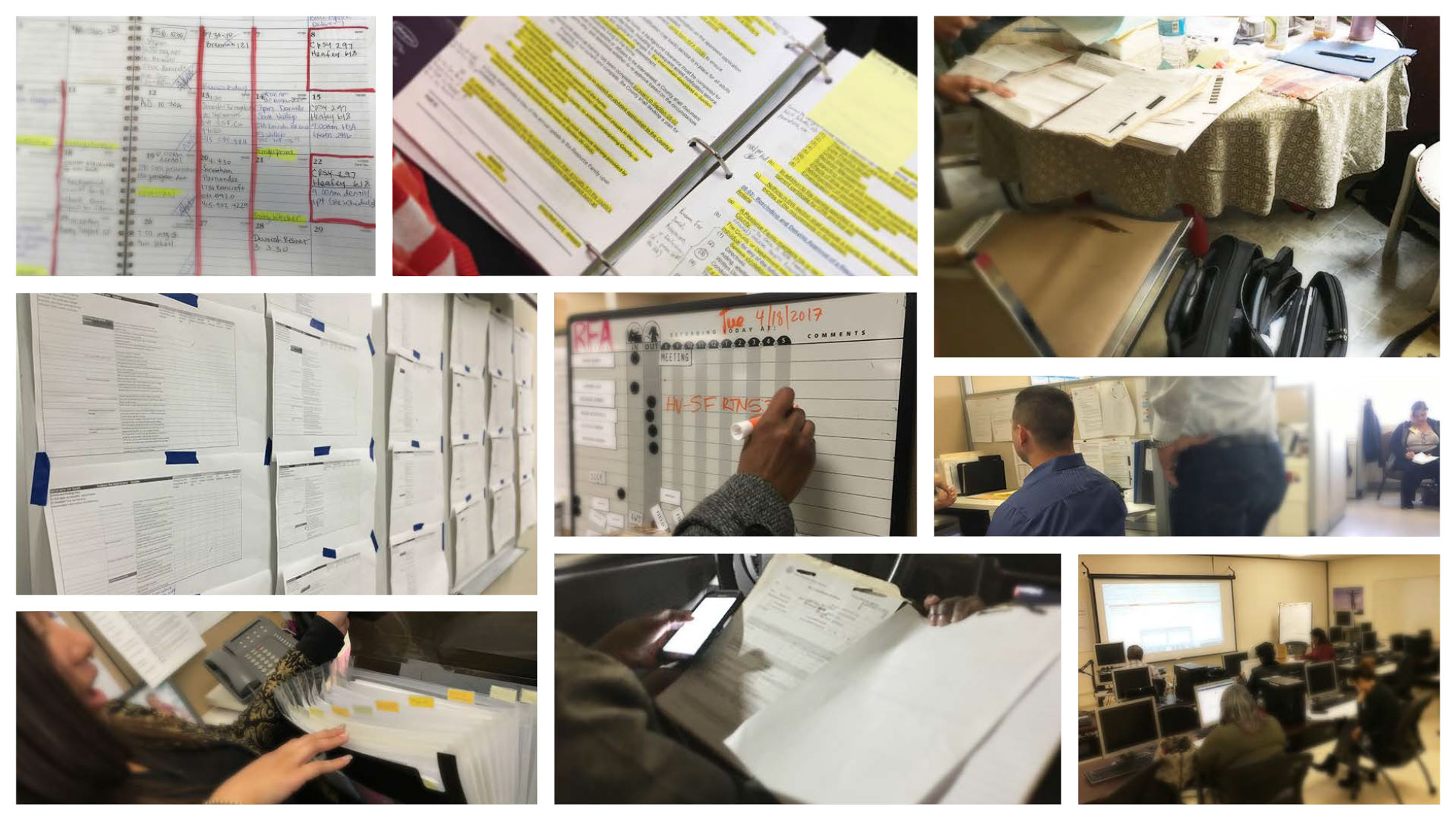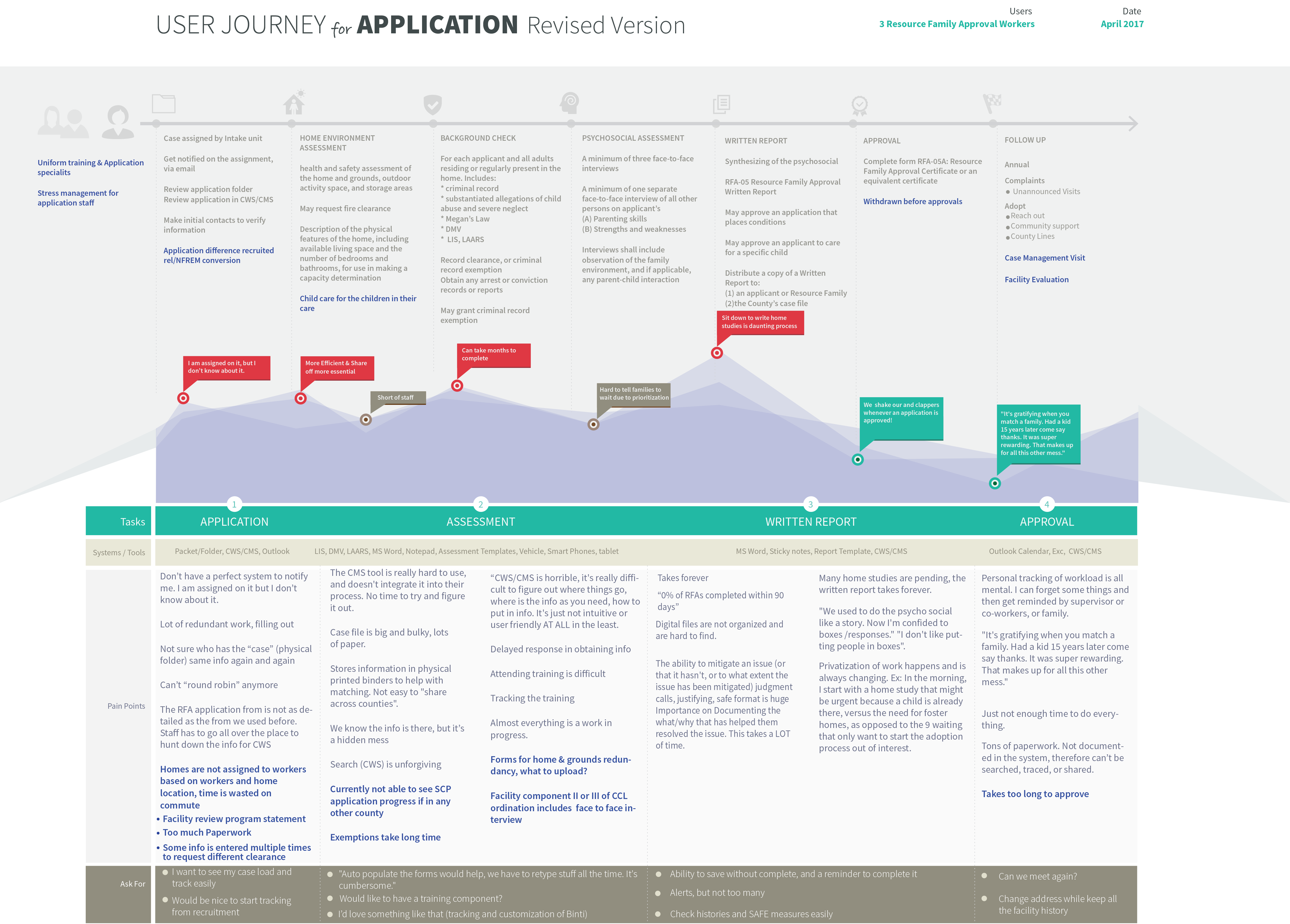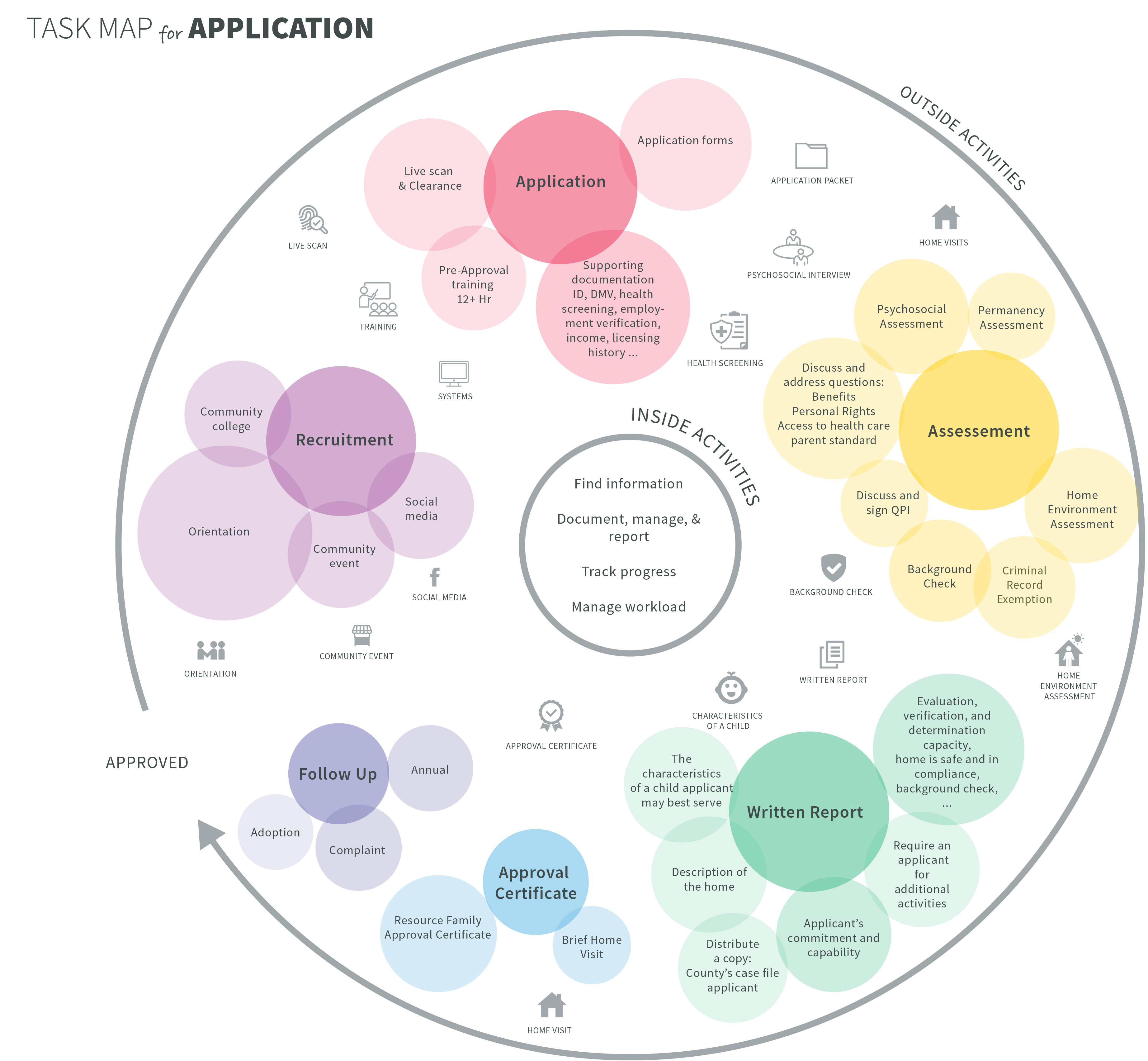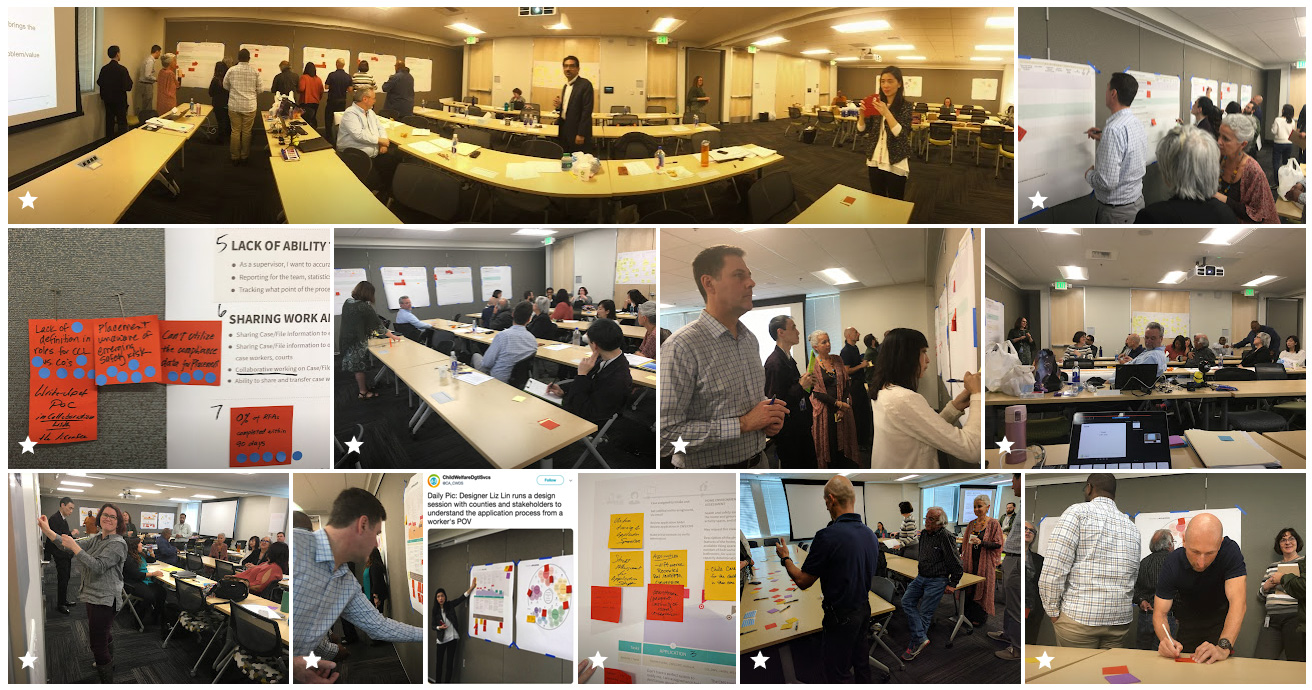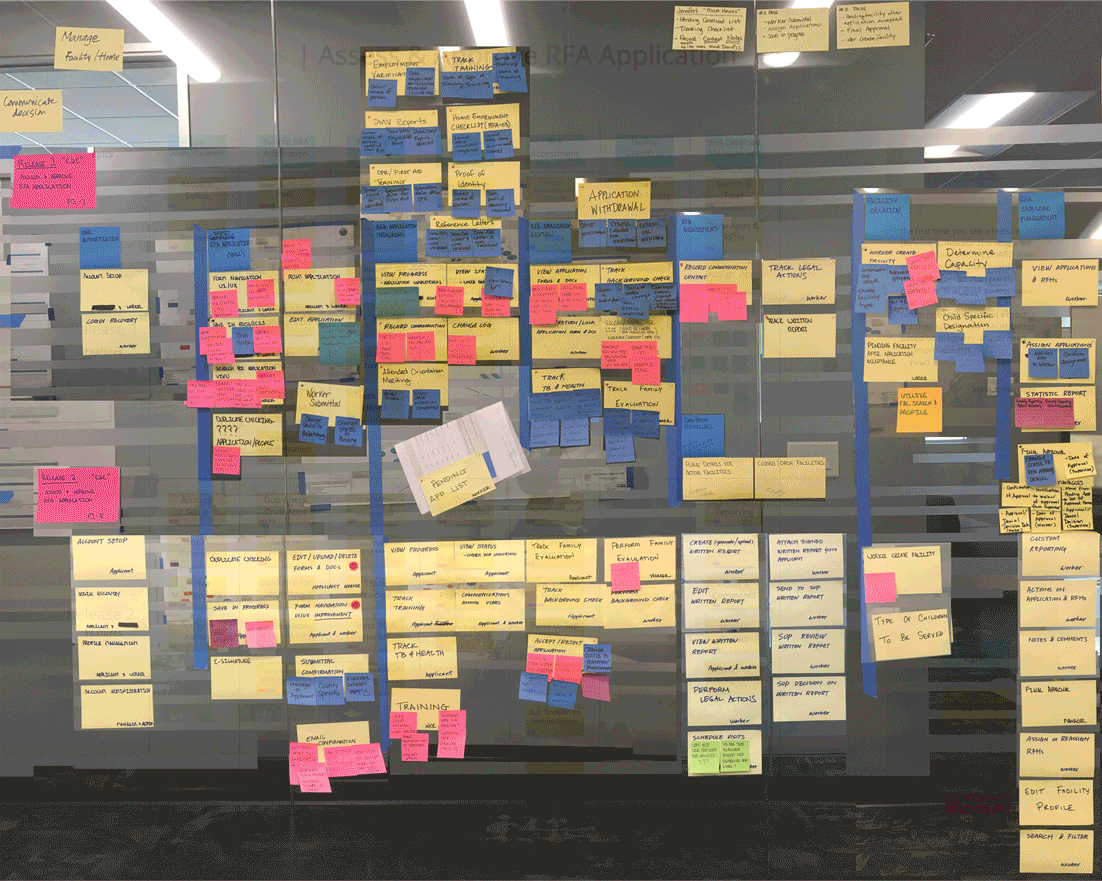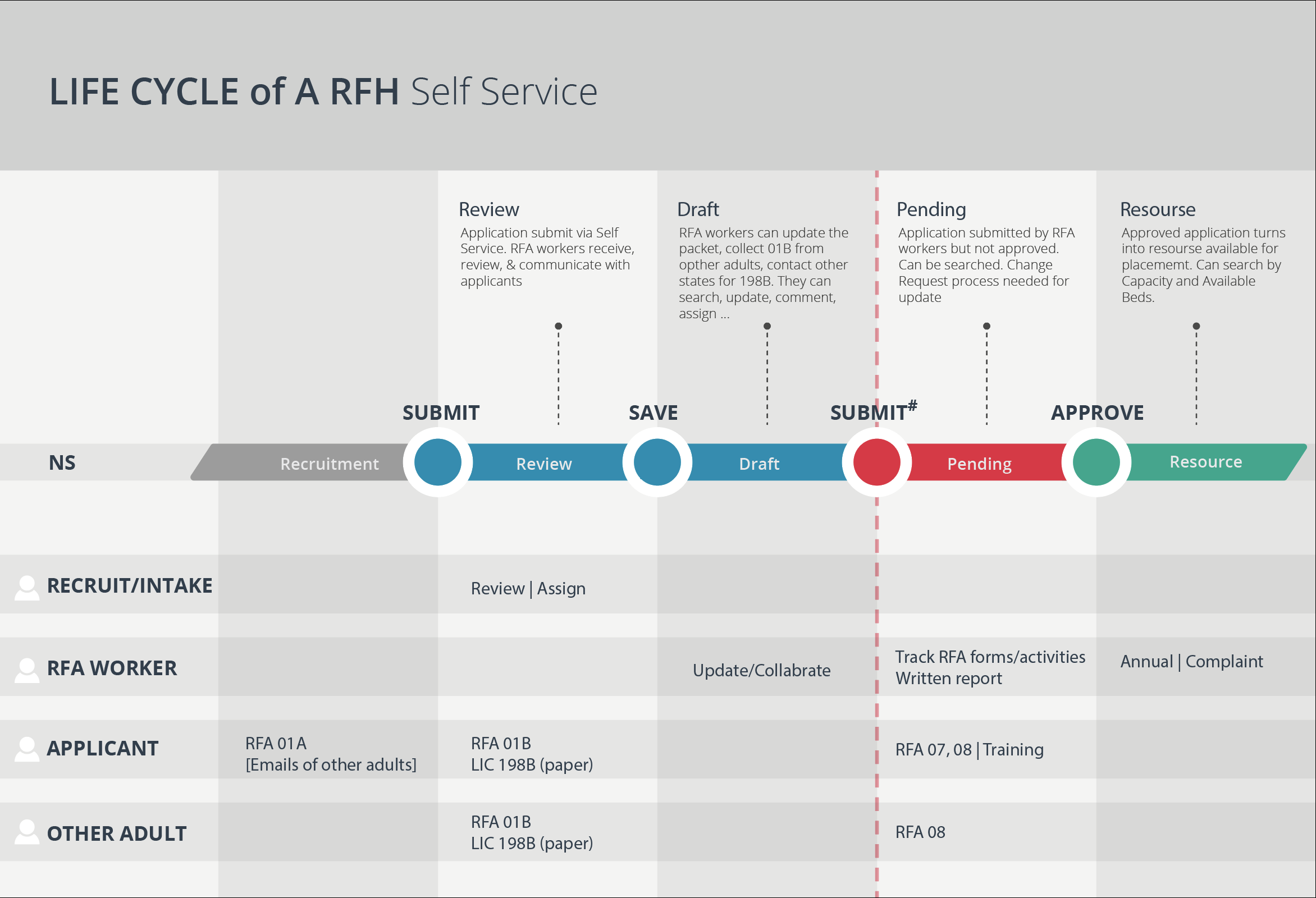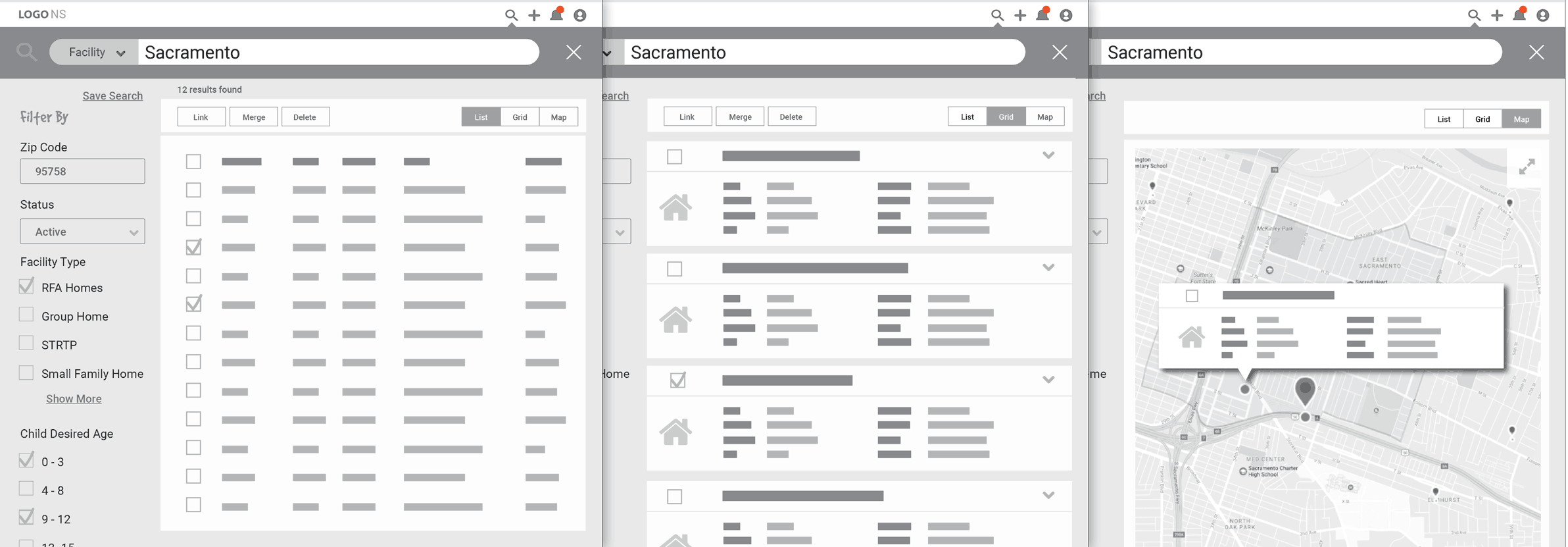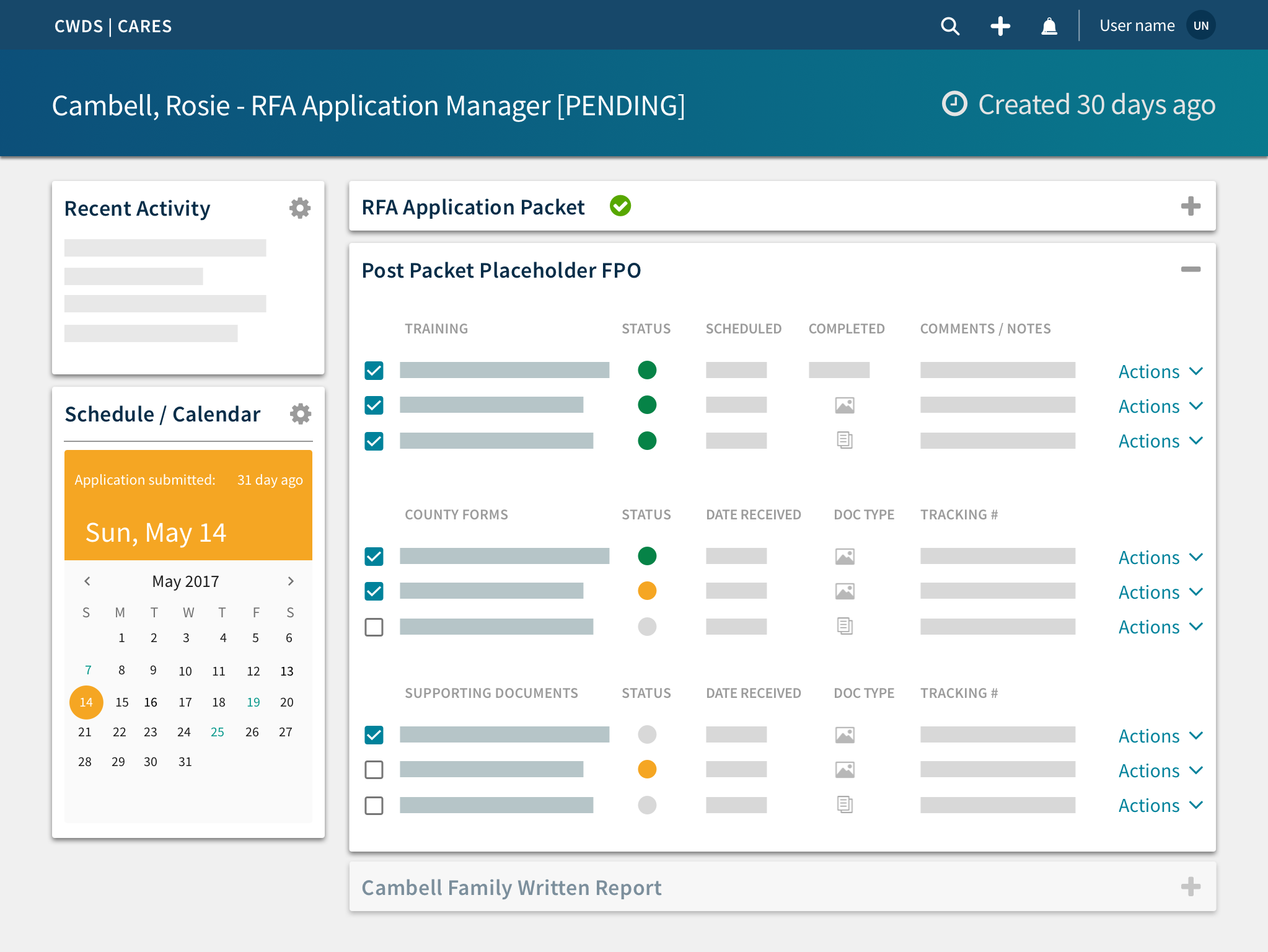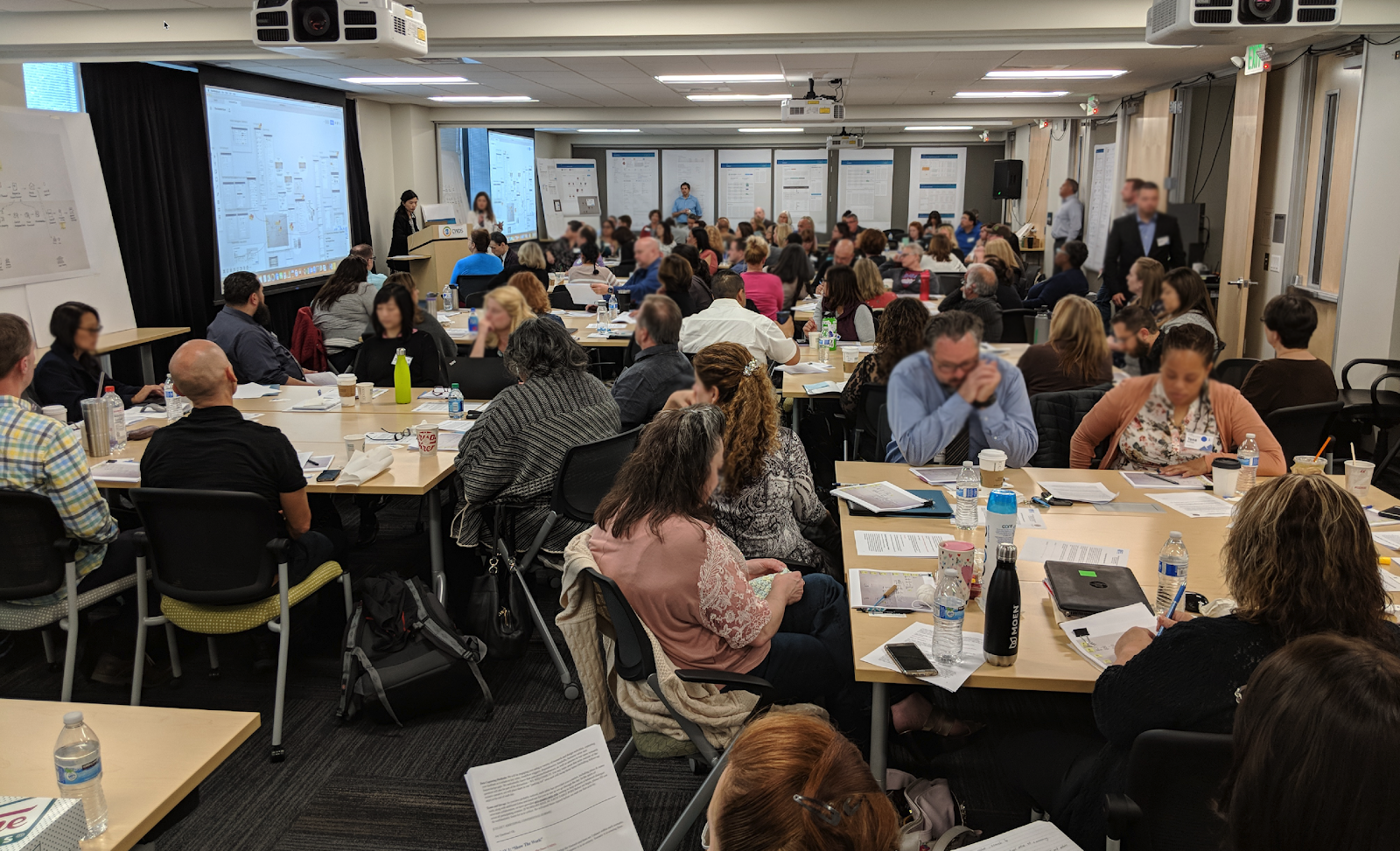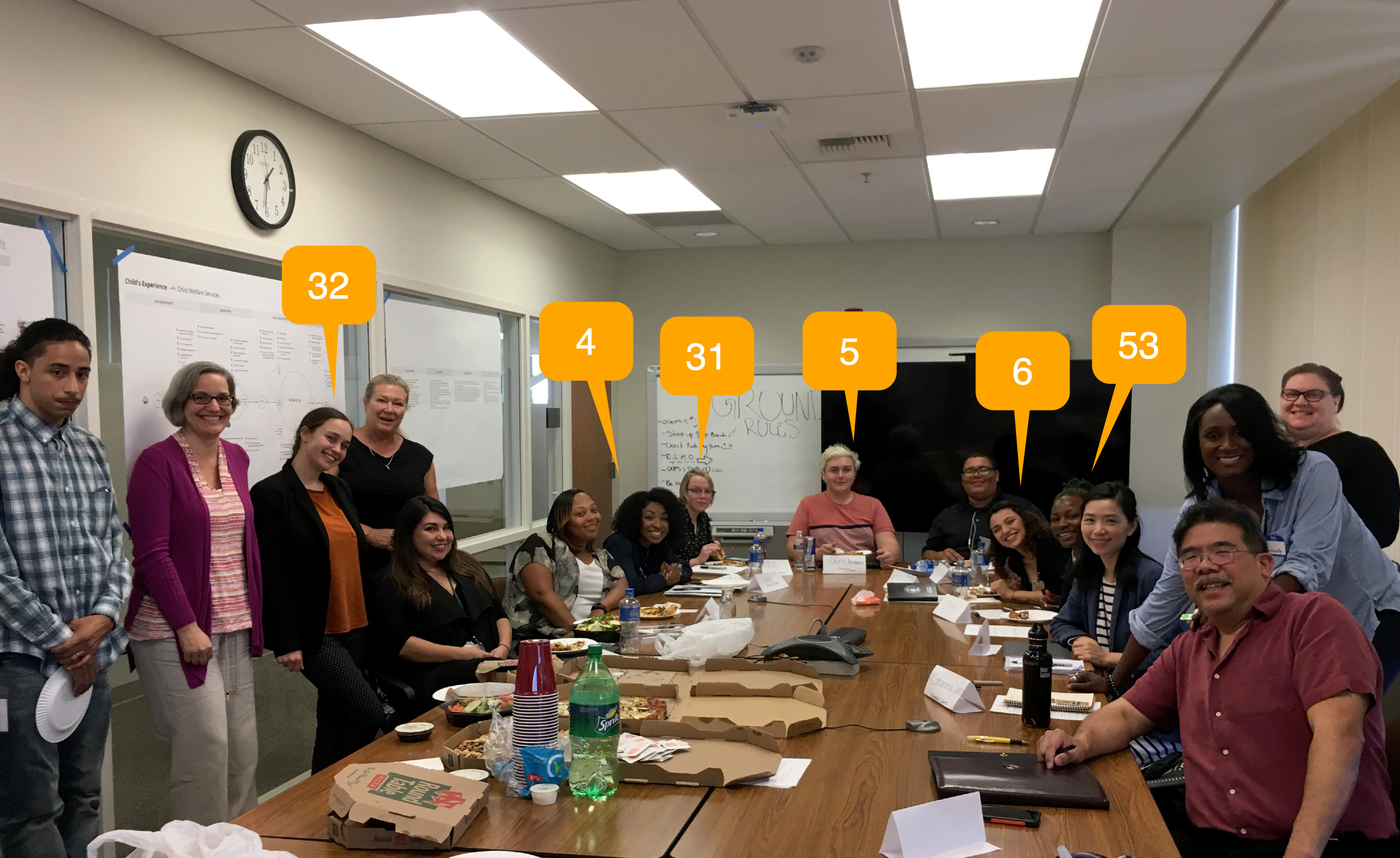
Let's start with
The kids were 17, 13, 12, 9, 7, and 3. They checked in late the night before, after their mother was taken into custody. Kay, the social worker, had just been assigned to the case and spent the morning reviewing the files, making calls, leaving messages, and sending emails. It became apparent that it's unlikely to find anyone in the family to care for them, nor any family friends. Kay's next hope was to find a long term place, ideally a foster family that can take all 6 of them, but this would be unlikely given the shortage of families and facilities. So she went to the emergency foster home to meet the kids for the first time. So, she had to ask them a question:
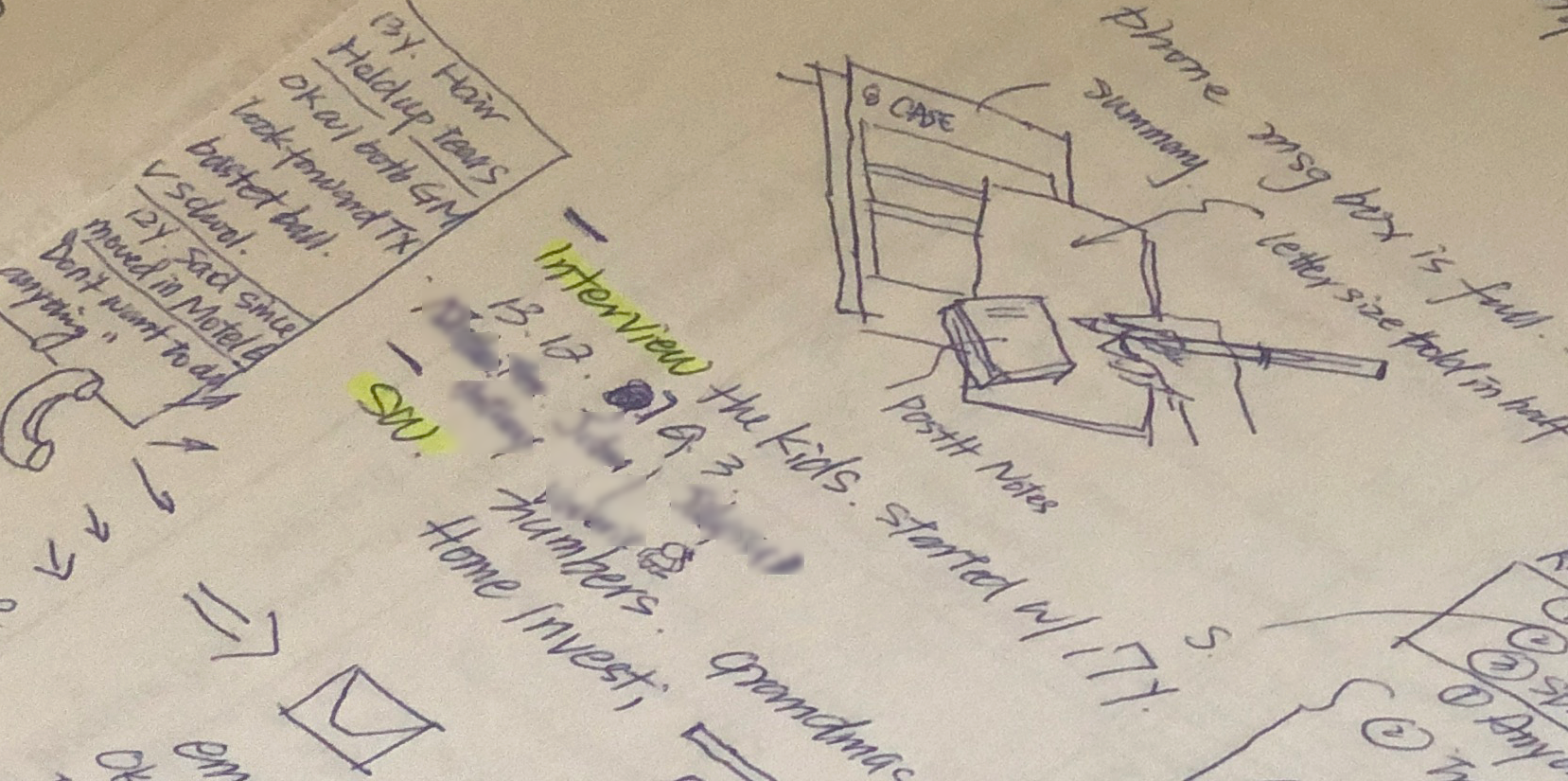
If you have to be split, which siblings do you want to be with? I shadowed Kay and interviewed the kids one by one. It turned out all the younger kids wanted to stay with the oldest sister except the 13 years old. Holding up his head and fighting back his tears, the boy said he's old enough, he could stay with the 9 years old and look after him.
